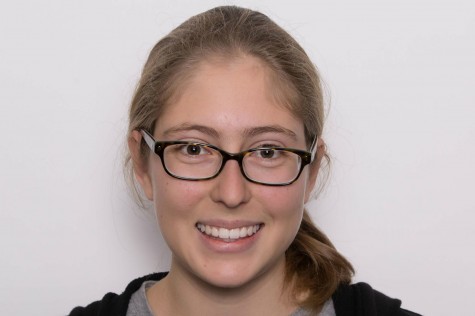“The Theory of Everything” is based on the incredible true story of British physicist Stephen Hawking and his survival against every expectation. In 1963, 21-year-old Hawking was diagnosed with motor neurone disease and given a life expectancy of two years. Despite the crippling nature of this disease, Hawking went on to great accomplishments, both in the attainment of happiness in his personal life and in his work as a physicist.
The film, directed by James Marsh and starring Eddie Redmayne as Stephen Hawking and Felicity Jones as Hawking’s wife, Jane Wilde, is partially based on Wilde’s autobiography Music to Move the Stars: A Life with Stephen and the later updated biography Travelling to Infinity: My Life with Stephen. The film presents the touching story of Hawking and Wilde’s marriage, following the progress of their relationship from their very first meeting at a university party, through their fading love as they battle the disease, and ending with their eventual divorce. These more intimate and lesser known aspects of Hawking’s life give the audience a personal look into the events that accompanied Hawking’s rise to renown.
The movie’s main focus on Hawking and Wilde’s relationship, may leave those who are interested in a more complete portrayal of Hawking’s biography disappointed. While it makes sense that Marsh would opt for a more dramatic presentation of Hawking’s life to drive the film’s plot, the inclusion of Hawking’s groundbreaking scientific theories are noticeably brief and far too simplistic. For instance, during Hawking and Jane’s first date, their conversation meanders onto the topic of Hawking’s field of study at Cambridge. Jane becomes confused when Hawking uses the word “cosmology” and Hawking ends up defining it simply as, “the marriage of space and time.”
At another point in the film, Hawking expresses a desire to develop an equation that can define the entirety of the universe, hence the film’s title. However the remainder of Hawking’s work toward this goal is summed up in mundane snapshots of chalk boards covered in scribbled calculus and the mention of a black hole at the beginning of time, followed by Jane’s eager suggestion that Hawking wind back the clock, at which point they grab hands and spin around, giggling, until dizzy. Throughout the film, Hawking’s scientific brilliance plays in the background to the more emotionally tumultuous but less representative moments of Hawking’s life. Although the film alludes to Hawking’s work sparingly, it is exceptional at melding science with sentiment to create a balance fit for the general public audience.
The story of Wilde’s persevering love for Hawking and their marriage despite Hawking’s diagnosis makes for an remarkable love story. Jones’ portrayal of Jane, who had to balance two strikingly polar roles as a benevolent woman and an unrelenting anchor in her marriage, is beautiful. At the same time the downfall of their relationship is difficult to watch as Jane struggles to continue her lifestyle with Hawking toward the end of their marriage. Jones’ emotionally charged portrayal complements Redmayne’s physical ability to portray the progression of Hawking’s disease as Hawking himself experienced it. With the diseases progression in his character, Redmayne slowly altered his walking and speech patterns until he became crippled by his condition and confined to a wheelchair. Redmayne’s voice is also replaced with a computer, and from that point, Redmayne’s only form of expression is through the emotion in his eyes. Ultimately both Redmayne and Jones deliver phenomenal performances that are definite highlights in the film.
“The Theory of Everything” is up for five Oscars. While the film hasn’t ensured any wins, considering this year’s competition, it is worth watching for those looking for a poignant and undoubtedly inspirational tear-jerker.








